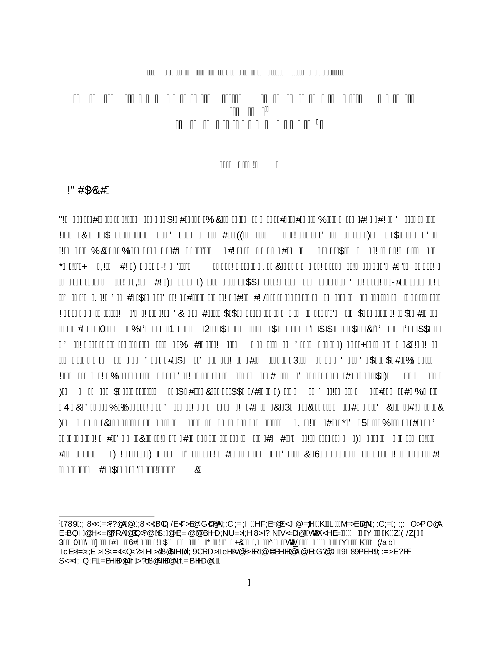Церковь и религия в царской России: историографический обзор. (Перевод с английского2)
For English Version see "Church and religion in Imperial Russia. A Review of Recent Historiography, Marburg Journal of Religion 9/2 (2004).This article is a historiographical survey of substantial critical revisions of church and religious history in Imperial Russia undertaken since 1991. Among...
Gespeichert in:
| 发表在: | Marburg Journal of Religion |
|---|---|
| 主要作者: | |
| 格式: | Artikel (Zeitschrift) |
| 语言: | 英语 |
| 出版: |
Philipps-Universität Marburg
2005
|
| 在线阅读: | 在线阅读 |
| 标签: |
添加标签
没有标签, 成为第一个标记此记录!
|
| 总结: | For English Version see "Church and religion in Imperial Russia. A Review of Recent Historiography, Marburg Journal of Religion 9/2 (2004).This article is a historiographical survey of substantial critical revisions of church and religious history in Imperial Russia undertaken since 1991. Among the broad range of works presented in this survey, several significant studies challenge a common assumption that the Russian Orthodox Church was a “handmaiden of the state” by arguing that, in the last decades of the ancien regime , the Church was not willing to support the Russian state and that the “crisis of the old order” had incorporated the crisis of the church-state relations. In terms of religion per se, it has been established that the dynamics of popular religion in Russia did not parallel the processes of secularization evident in Western Europe. As time progressed, popular piety did not disappear and the rate of religious observance, both among males and females, was extraordinary high in absolute numbers and as compared to other countries. From a gendered perspective, some historians have also suggested that religion often functioned as a source of empowerment for women in Imperial Russia, especially for upper-class women, and that monasticism (convents) enjoyed a revival at the end of the nineteenth century. Finally, a significant body of scholarly works analyses religious minorities in Russia (Muslims, Catholics, Old Believers, etc.) and relates ethnic identity to the discourse of religion to conclude that religion was strongest in those communities where it was linked to ethnic or national identity. Suggestions for further research are also incorporated into this study. |
|---|---|
| DOI: | 10.17192/mjr.2005.10.3625 |
 Publikationsserver
Publikationsserver